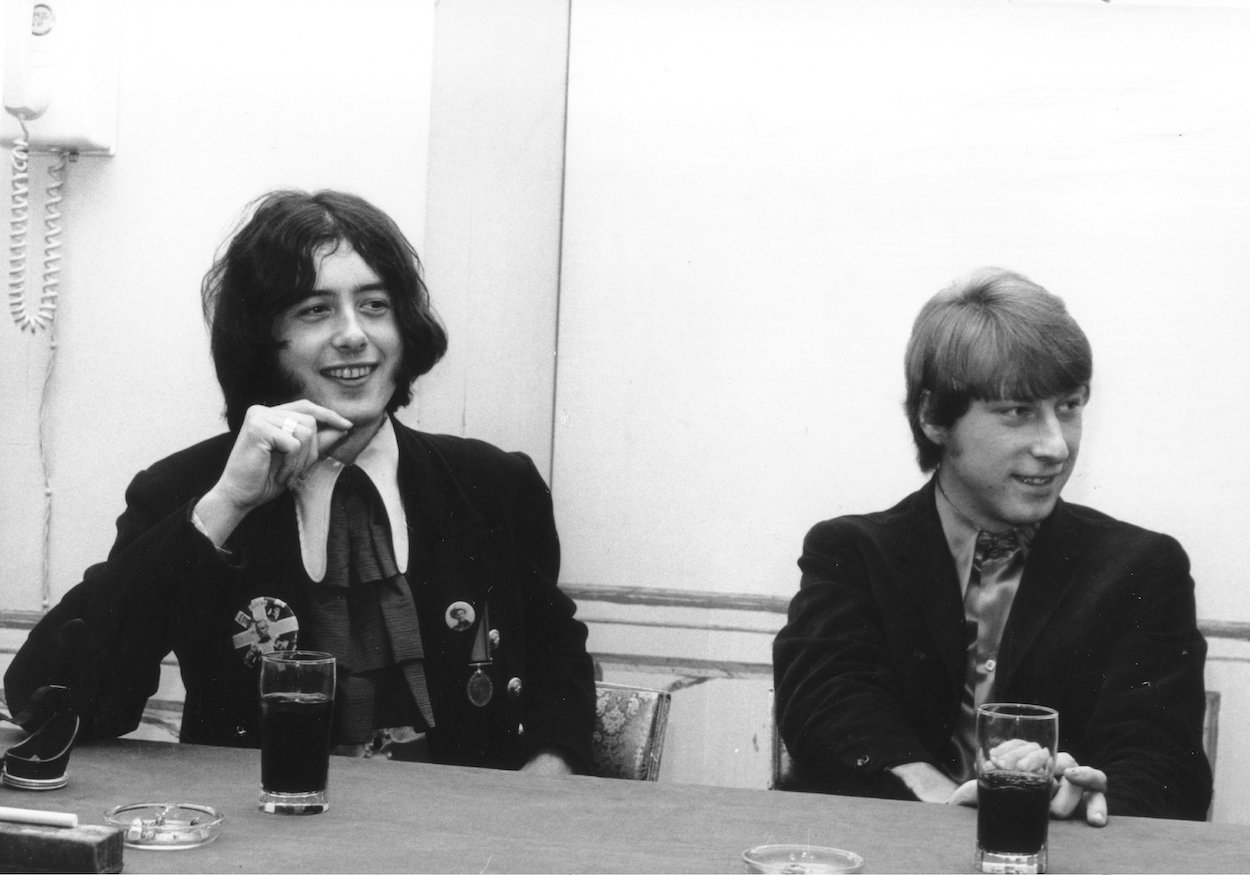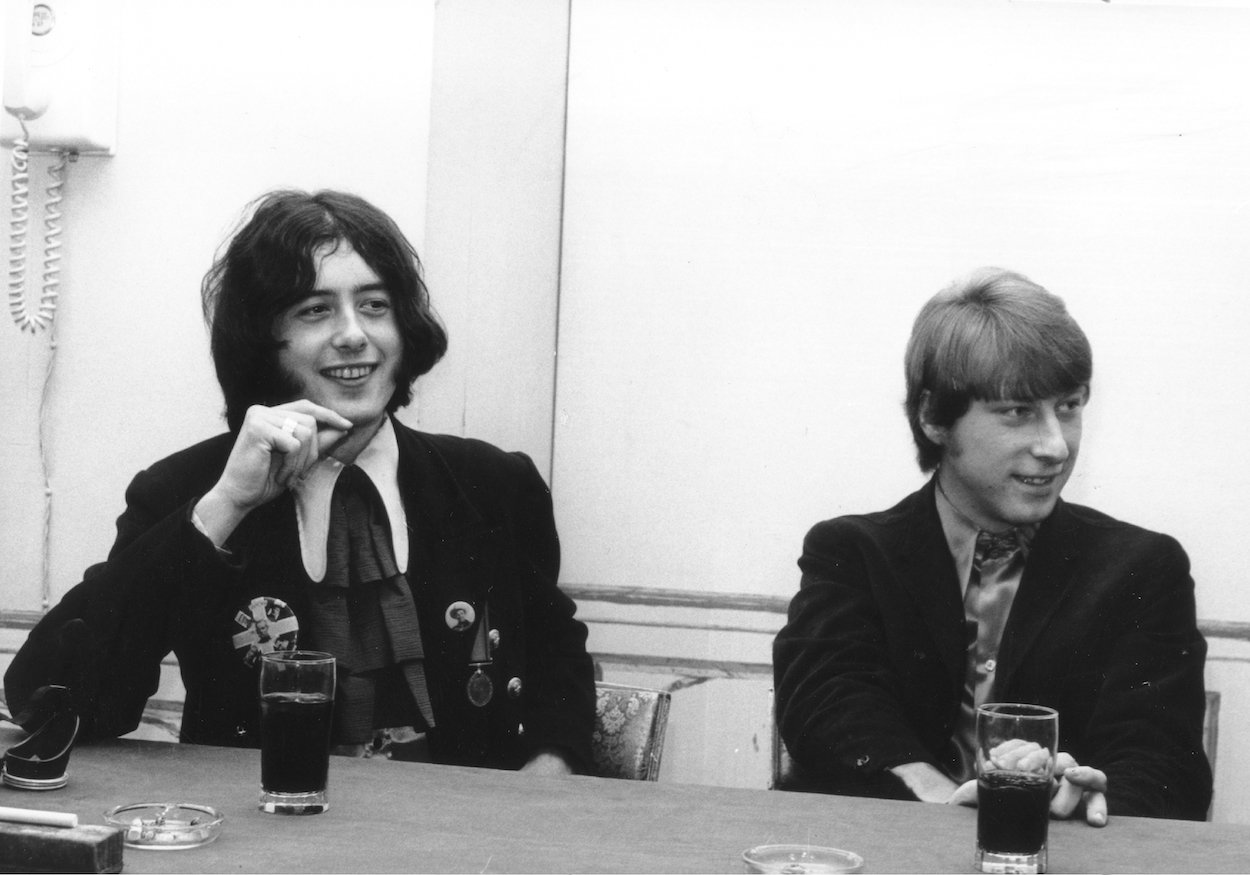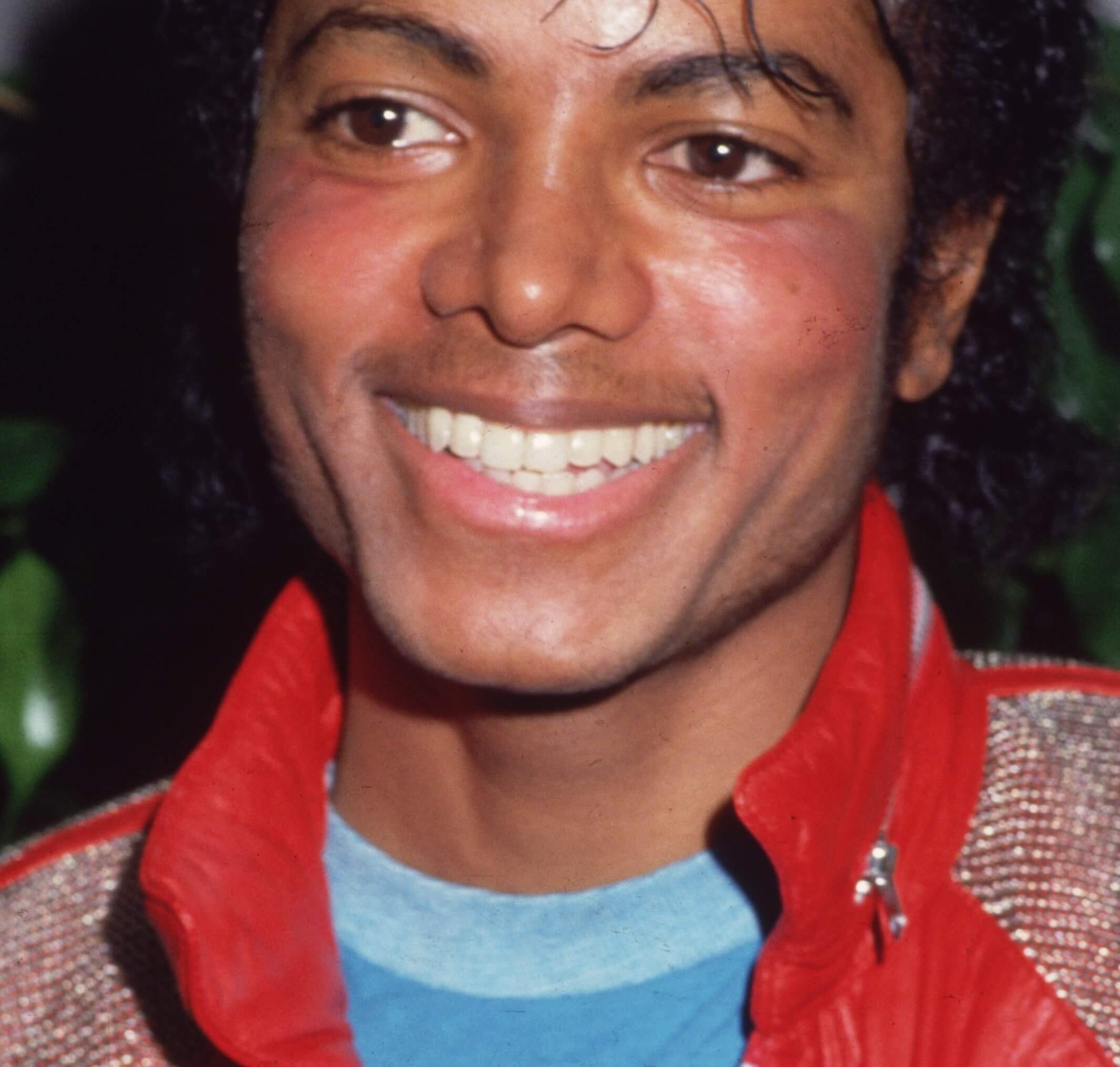
Jimmy Page Had 1 of His Yardbirds Bandmates Contribute to ‘Led Zeppelin I’ in a Unique Way
Jimmy Page worked quickly when he was Led Zeppelin’s mastermind. As the band’s producer, he often left imperfect elements on the final album tracks, such as the false start on “Tangerine” he came to regret. Page relied on his Yardbirds bandmate to contribute to Led Zeppelin I just a few weeks after that band folded and the guitarist got Led Zeppelin off the ground.

Jimmy Page had no interest in heading in the musical direction the Yardbirds considered going
Page spent several years grinding away as a session musician in London before joining the Yardbirds. He turned down two invitations to join the band, but he still worked to keep the Yardbirds together when they started splintering.
Despite Page’s best efforts, the Yardbirds broke up in the middle of 1968. Page made the most obvious comment about leaving the band when he heard about the group’s intended musical direction.
The rest of the story is practically ingrained knowledge for classic rock fans. Page recruited Robert Plant after the singer blew him away at a small concert. Plant helped bring John Bonham into the fold, Page’s fellow session man John Paul Jones joined up, and Led Zeppelin was born by the fall of 1968.
Still, the guitarist didn’t move on completely from his previous band. Page had a Yardbirds bandmate contribute to Led Zeppelin’s first album in a non-musical way.
Page’s Yardbirds bandmate Chris Dreja took the group photo that appears on the back of ‘Led Zeppelin I’
Led Zeppelin I was part of a massive change in guitar-based music. When the album dropped in early 1969, heavy, blues-based riffing started competing with more light-hearted pop fare for fans’ attention. The front cover of Led Zeppelin I signaled that change before listeners ever dropped the needle on the vinyl.
The stark, black-and-white drawing of the famous Hindenburg blimp disaster differed drastically from the brightly-colored album covers that dominated the 1960s. Many popular albums of the decade featured the band on the front cover, but Led Zeppelin avoided going that route.
However, Zep didn’t totally shun appearing on the sleeve. Page had his former Yardbirds bandmate, Chris Dreja, contribute to the record, according to Led Zeppelin FAQ author George Case.
Dreja snapped the sepia-toned photo on the back cover. Bonham and Plant hover over Page and Jones, respectively. The soft edges make the quartet appear slightly out of focus, and the song titles appear in the middle of the back jacket.
Page held a lot of sway inside and outside of Led Zeppelin. He insisted the band sign with Atlantic Records instead of a subsidiary so Zep wouldn’t have to be on the same label as Eric Clapton. He got his way with the burning zeppelin image on the front cover of the debut, but we wouldn’t be shocked to learn Atlantic pushed for the group image on the back cover.
Album covers weren’t quite artistic statements in their own right yet, and as a new band, it would have been important (from the label’s perspective) for Led Zeppelin to show their faces as a way to connect with their fans. Page looped in budding photographer Dreja to contribute to the Zep’s debut. His image remains one of the only time Page, Plant, Jones, and Bonham appeared on a Zep album sleeve.
Led Zeppelin’s members rarely appeared on the album covers
Page tapped his former Yardbirds bandmate to contribute to Led Zeppelin I via the rear cover band photo. It was the first and one of the last times the members’ faces appeared on the album sleeve.
Page, Plant, Bonham, and Jones had their faces superimposed on the bodies of German soldiers on the cover of Led Zeppelin II. Like the front of their debut album, a historical photo provided the basis for the cover. Still, their faces are relegated to the corner of the front sleeve.
The four members had their faces on the cover of Led Zeppelin III, but it’s not hard to overlook their thumbnail photos among the busy artwork. It’s a unique sleeve, but Page didn’t like the elaborate design.
Finally, and similarly to III, 1975’s Physical Graffiti saw each member’s face appear inside the windows of the New York City apartment building on the front and back covers.
Jimmy Page’s former Yardbirds bandmate, Chris Dreja, contributed the band’s photo for the back cover of Led Zeppelin I. As time went on, the band’s four members appeared on the album jackets less and less.
For more on the entertainment world and exclusive interviews, subscribe to Showbiz Cheat Sheet’s YouTube channel.



